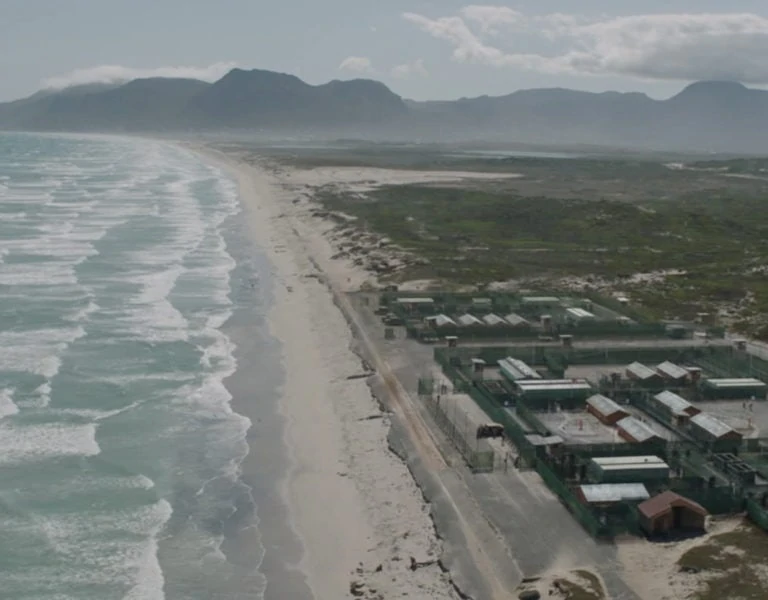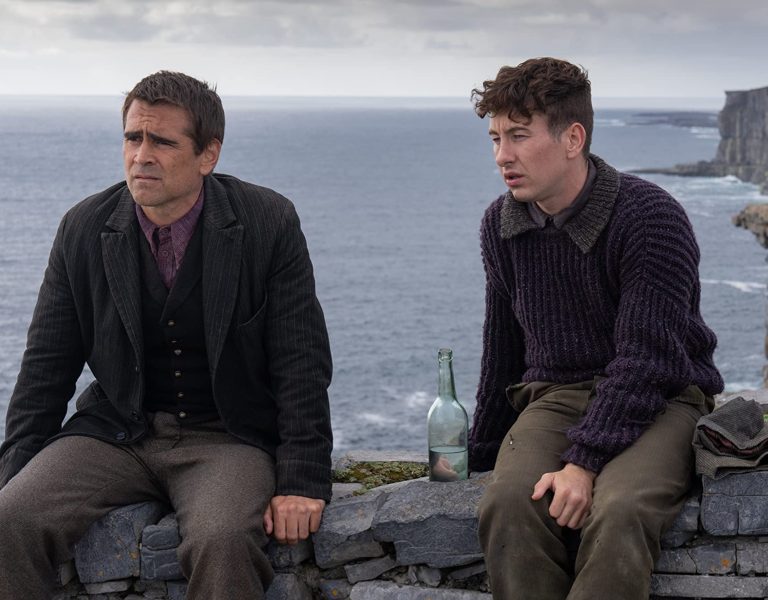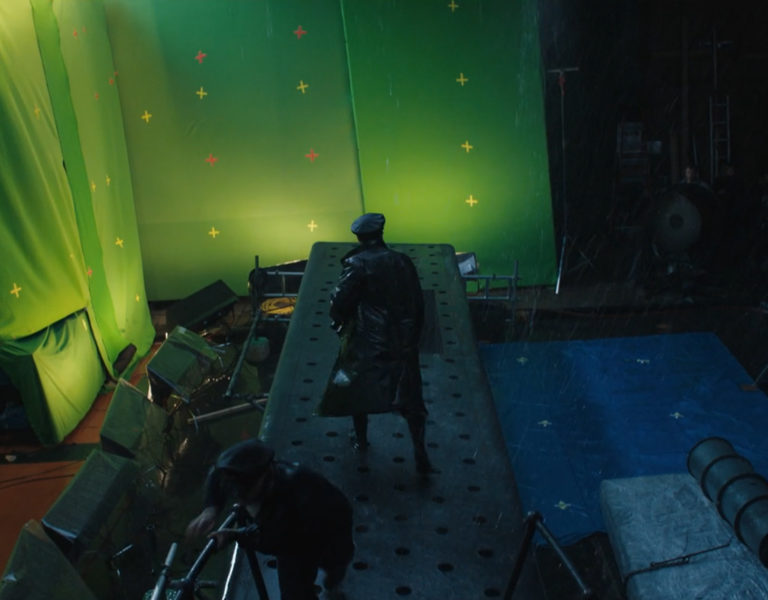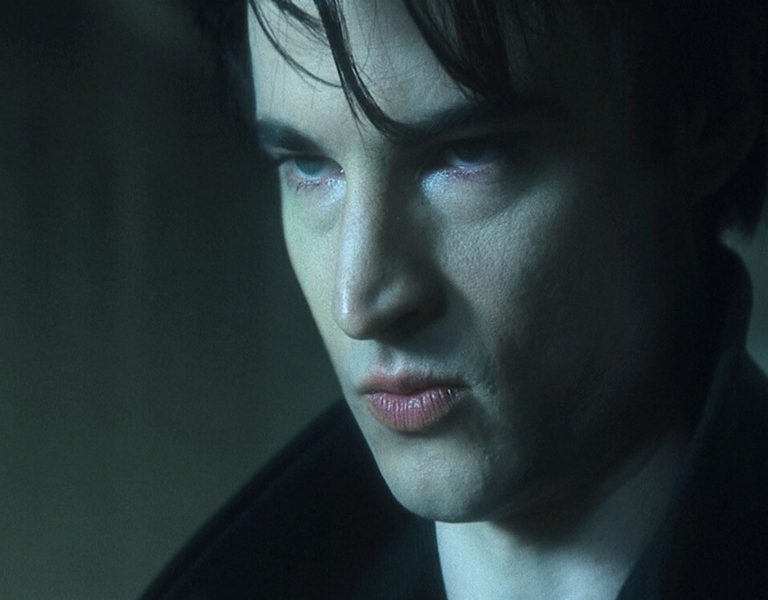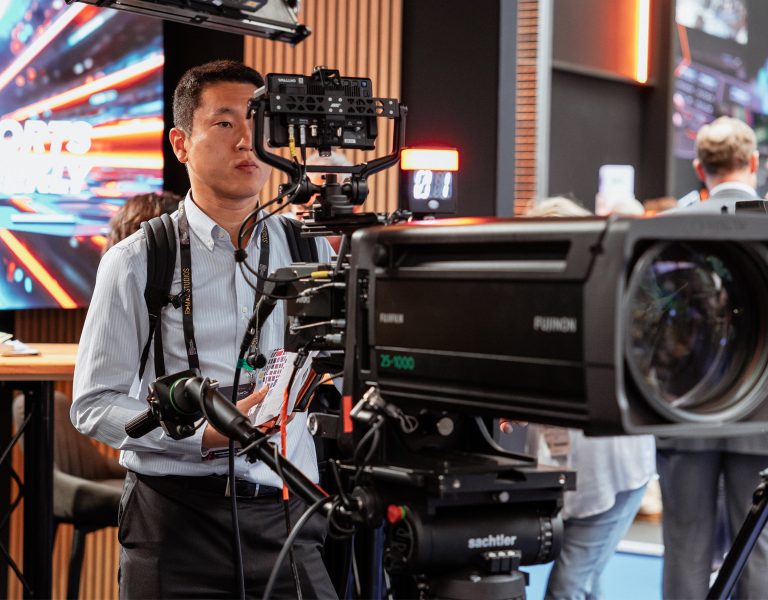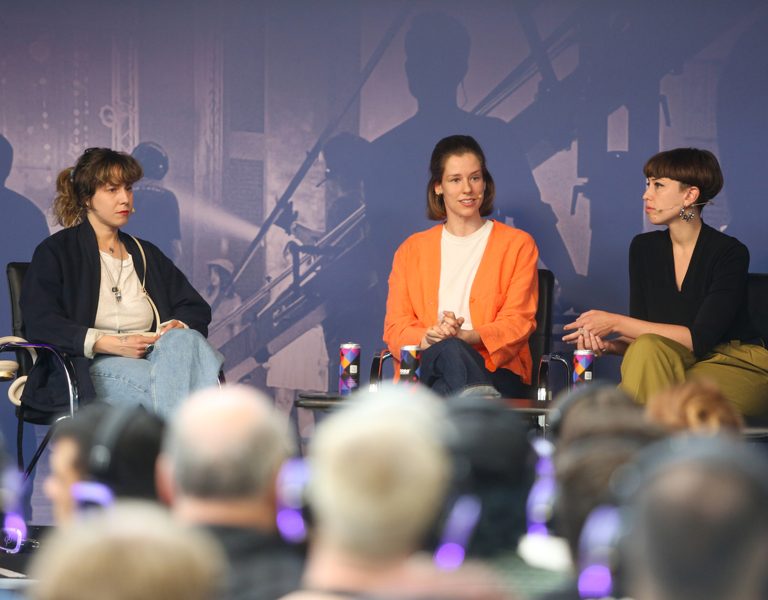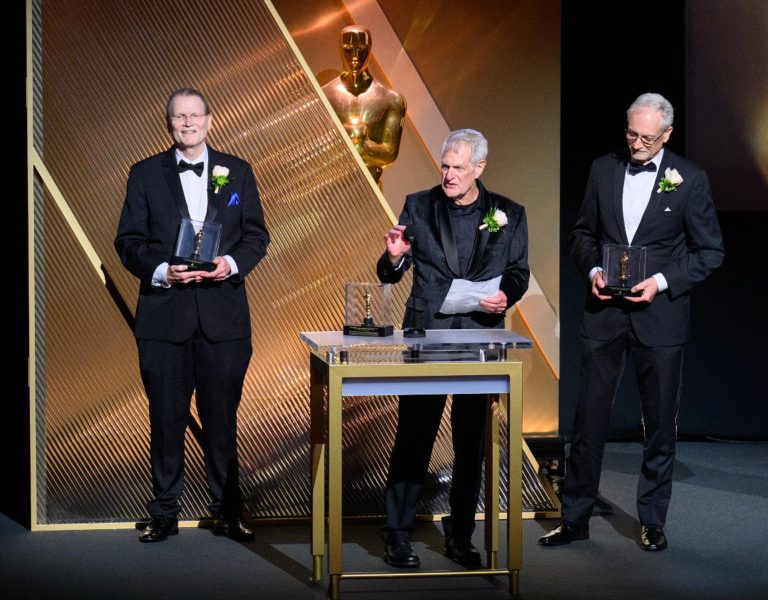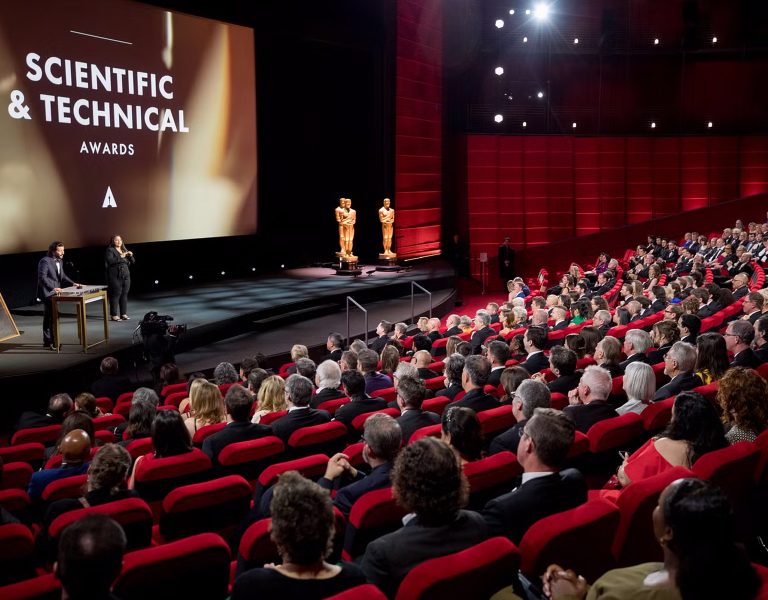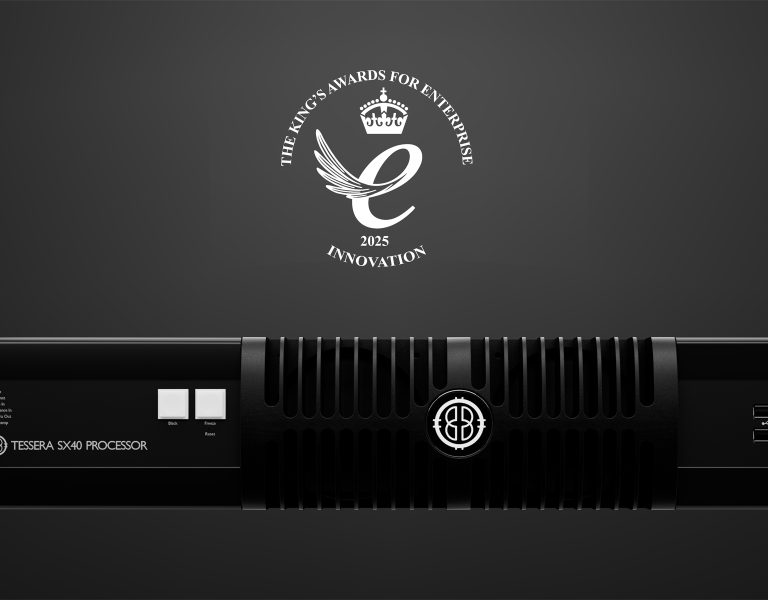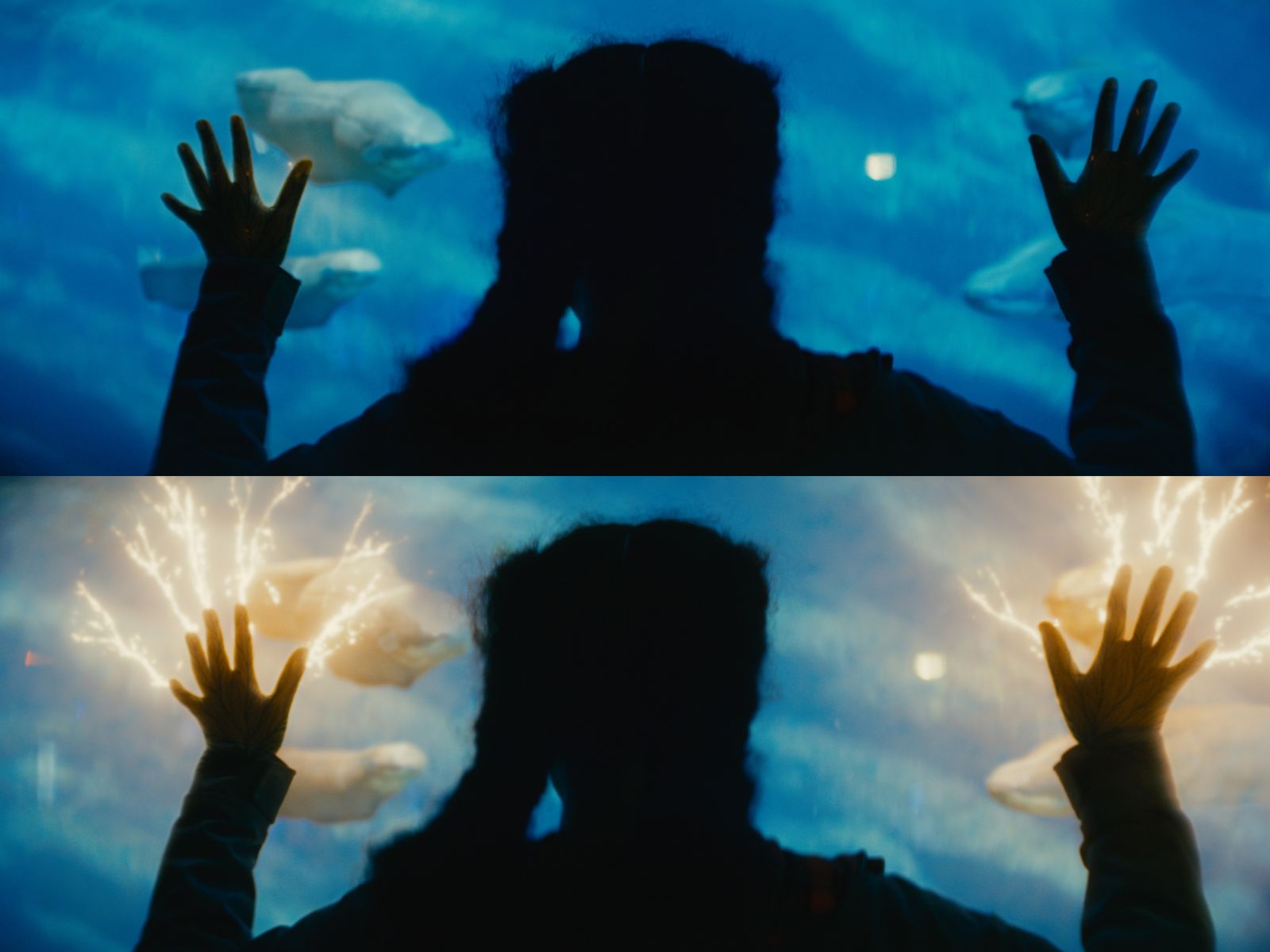
Union has revealed its work as sole vendor on The Power, a nine-part British science fiction drama series developed by Raelle Tucker, Naomi Alderman, Claire Wilson, and Sarah Quintrell for Amazon Prime Video.
Based on the Naomi Alderman novel of the same name, The Power is a supernatural thriller in which women suddenly develop the ability to deliver electrical shocks from their fingertips, rendering them physically more powerful than men. Over the course of just a few months, women become the dominant sex globally.
In this world, the electrical shocks are so powerful that visible arcs of current are seen jumping from women’s fingertips. Making this central effect believable and impactful was therefore critical to the success of the series, and Union was brought on board to do just that.
Although The Power is a supernatural show, its creators did not want the characters to feel like superheroes, and Union was briefed to keep the effects grounded in practical science – a significant challenge as a visible arc only appears when a huge electrical current is present.
To make the arcing believable, the team conducted in-depth research that included looking at the physiology of eels as well as studying Tesla guns and lightning bolts. Lichtenberg figures, the fractal-like branching pattern sometimes seen on the skin of people who have been struck by lightning, were used as a basis for the arcing effect.
“We took images of Lichtenberg patterns and created a series of animated drawings using rotopaint nodes. Then we animated those lines in 3D space, tracked them onto actors’ bodies, and then gave them an endpoint,” said Simon Hughes, Union’s creative director and overall VFX supervisor.
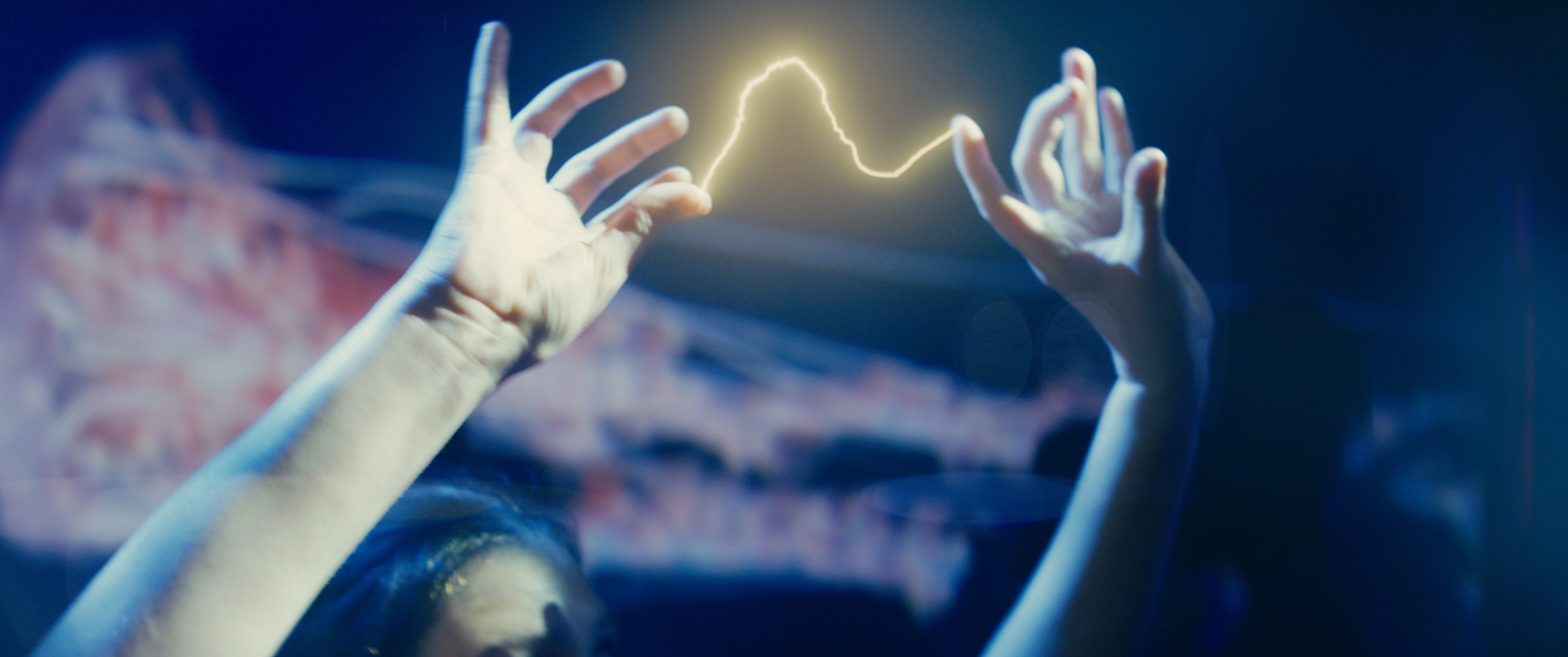
As well as the large, dramatic flashes that were used for more high-octane moments, the Union team also produced the subtle electrical effects within the actors’ bodies. “We did a significant amount of work on what we call ‘power arms’,” says Simon. “These are small, subtle buildups of static and little sparks around the hands. We did a lot of work with the actors’ veins, you see the light passing through them and travelling to their fingers. It’s so subtle but hugely effective, as per the brief.”
As is often the case with such nuanced effects, power arms took a great deal of painstaking body tracking work and detailed collaboration with the client to get right.
Other parts of the story required more dramatic, or as the VFX team referred to it ‘big’ power. Much larger scale and not just lightning bolts, the big power resulted in a plane crash, burning fx such as smoke sparks and flames, as well as the impact FX of surface peeling and destruction.
A pivotal part of The Power is the skein, a power generating organ, dormant in older women unless awakened, but active in younger women. Based on an art department organ for an autopsy sequence, the team had to place it behind the collar bone believably. The skein is shown in an MRI of a young woman as well as pulsating in many of the characters at different points.
Simon Hughes explains how the skein was created. “Each character and storyline had a different skein requirement and each key character had her own skein, similar to the power arm. The team created these through twisting pulsing animation combined with lighting effects and compositing to create a graphic external visceral organ. They used a combination of FX simulations with internal lighting sub surface passes and compositing techniques using animated Lichtenberg patterns, creating three dimensional appearances in Nuke.”

Extraordinary power
Throughout the series there are extraordinary power events where the team were required to show invisible power that went inside a pigeon and a nun to their heart and brain respectively.
Photoreal internal organs were developed in CG with interior anatomy lighting. Due to the complexity of the CG in these sequences previs was required to design the scenes and create an edit before the work commenced.
For the eels the CG team modelled and textured their assets to closely match reference material of real electric eels. Rob Hopper explains the process. ‘We rigged the creature along a curve in the 3D scene, to match the smooth movement of eels, and to give the best control in animation. The soft tissue for the fins was procedurally animated, inheriting motion from the same curve to give the sense of dynamics and flow. This clever and efficient rig solution meant that very little extra simulation work was needed per shot.
For the pigeon we needed to replace the pigeon in its more frantic behaviour after it comes to life and flies around inside the convent. Our asset was created in the flying, wings expanded position so that our rig could most accurately replicate the flying cycles of a panicked bird. This gave us fine control over the wing and feathers shape, so that we could match the key poses and shapes based on real life reference.
Our CG chicken asset was created using photogrammetry of the chicken prop used on set. It was modelled and textured to be an exact match so that we could blend it seamlessly with the ‘live’ action version. Rigging controls were created for object tracking, and finer level controls were added to the feet/claws for the performance needed for the chicken’s final convulsions.”
In one of the most visually impactful scenes, the team also created a beautiful bioluminescent type glow around a group of actors in the ocean all connecting with their power
These significant scenes involved complex tracking as they took place in water. The overall effect was created using ‘point render’ in Nuke to create ripple elements that were then composited to create a glowing under the surface of the water effect that reveals throughout the scene driven from Allie’s body and connecting with the other women’s as they fall back into the water. The power effect then continues to wrap around them as they feel the energy surge through their bodies.
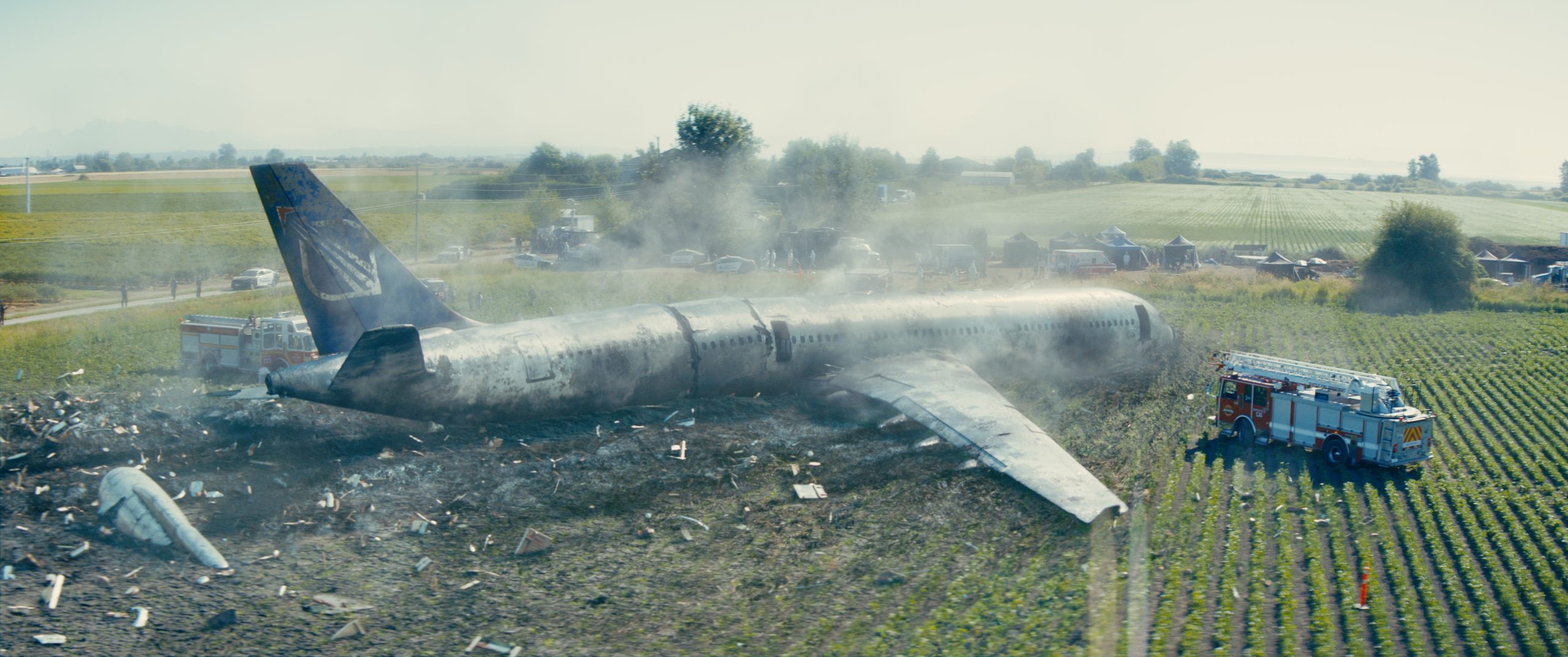
Enhancing practical effects
Plenty of killing takes place in this show, and Union stepped up to enhance the gore. Physical scar makeup applied to the actors was enhanced digitally to add peeling, burst capillaries and to give the impression of electricity travelling through the tissue, which also had to be taken a lot further than the original intended makeup effects.
Two particularly important killings are Viktor, who is viciously bludgeoned by Tatiana with the CG statue, and Ndudi who is electrocuted in the face and becomes the first ‘victim’.
Watch the breakdown reel below!
